Native Plants for Natural Gardens
Imagine walking barefoot through your garden on a warm sunny day. The sun is shining on your hair, a soft breeze is in the air, and butterflies hover in clouds around your brightly blooming perennials and shrubs. Bees and hummingbirds are whirring around their favorite nectar source. Songbirds are calling to each other. The garden is bustling with activity, yet it feels totally peaceful. You feel connected with the natural world around you. This is the pure joy of a Natural Garden.
Showing 1–12 of 120 results
-
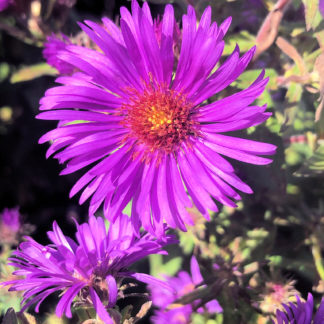
Aster New England
$26.99 -
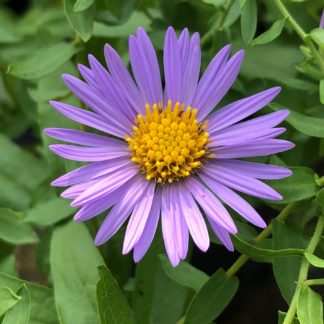
Aster October Skies
$27.99 -
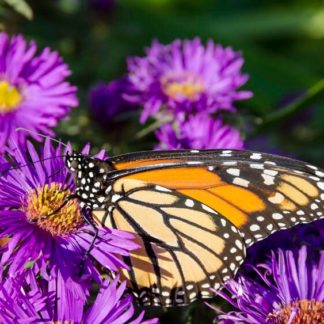
Aster Purple Dome
$26.99 -
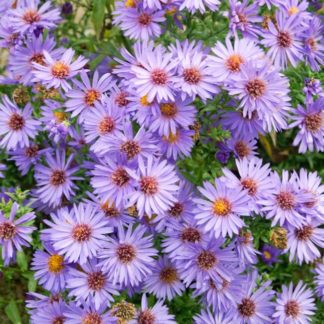
Aster Wood’s Blue
$26.99 -
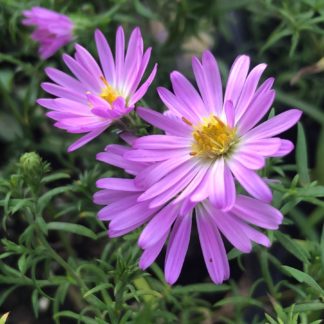
Aster Wood’s Pink
$26.99 -
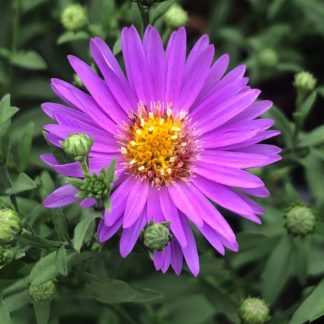
Aster Wood’s Purple
$26.99 -
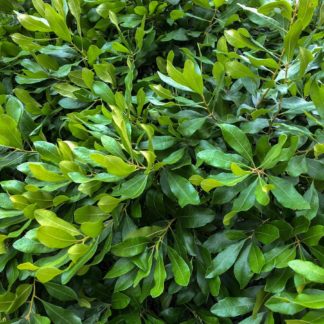
Bayberry Northern
$67.99 -
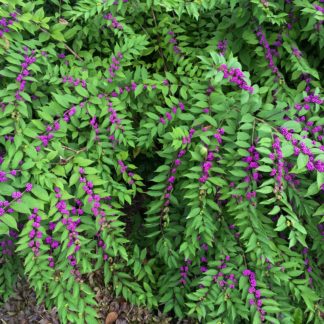
Beautyberry American
$67.99 -
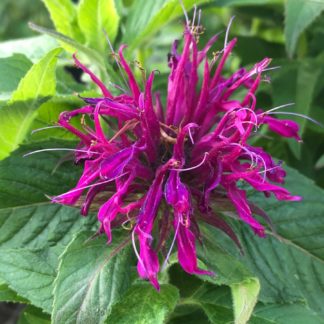
Bee Balm Balmy Purple
$27.99 -
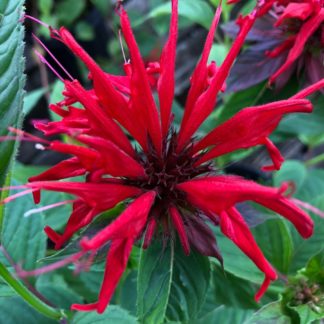
Bee Balm Jacob Cline
$24.99 -
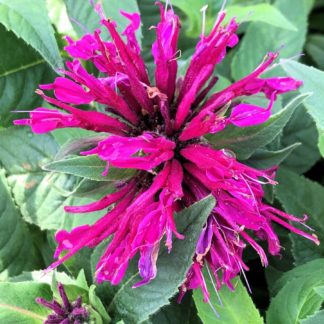
Bee Balm Petite Delight
$27.99 -
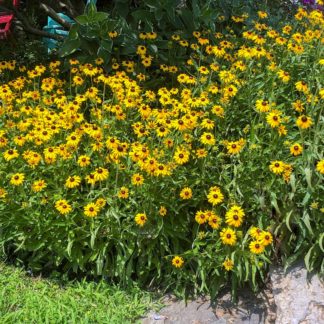
Black-eyed Susan
$26.99
Showing 1–12 of 120 results
More About Native Plants for Natural Gardens
Natural Gardens look informal and perhaps a tad bit wild. But just like nature herself, there’s a method to the madness and a certain sense of order flows through the design as well. Once they are mature, Natural Gardens require less time, money and energy for their upkeep. And they make a positive contribution to the surrounding environment by supporting the local ecosystems.
The design of Natural Gardens is relaxed. The beds are usually curved and there is an informal arrangement of plants. One common element you’ll find in Natural Gardens is that as much lawn space as possible is converted into beds and every open space is chock full of plants. The plants thrive as they intermingle with each other. They grow in harmony and spread and multiply on their own in a natural pattern over the years.
Most of the plants selected for a Natural Garden are native plants, which are those plants that naturally grow in the area. Native plants are very important for creating a sustainable garden. The co-existence of the native flora and fauna create a flourishing ecosystem. They produce a thriving habitat and food source for pollinators and wildlife and they succeed on their own, requiring very little maintenance.
While native plants are always a wonderful choice, it is not necessary for all of the plant selections to be native. The addition of some non-native plants is fine in a Natural Garden and many new plant introductions also provide resources for wildlife. Just be aware that sometimes foreign plants don’t follow the rules! Some run amuck and become invasive. Invasive plants often spread unchecked in the environment competing with and often preventing the growth of native plants, reducing the habitat and food sources for all the beneficial insects and wildlife.
To encourage friendly garden visitors and to create a natural vibe, plant in loose masses or groupings of individual types of plants. And try to incorporate as many different types of plants as possible. Design for lots of layers by selecting plants of varying heights using trees, shrubs and perennials. Include both evergreen and non-evergreen plants. Evergreens are especially important because they provide protection as well as habitat. The multiple layers will provide shelter and habitat for wildlife and will come together to create a spectacular natural, peaceful space for you, too!
Birds and pollinators are our best garden buddies! Let’s keep them in mind when selecting plants for our gardens. Consider the huge variety of pollinators out there. Our favorites include butterflies, hummingbirds, and bumblebees, but there are countless others of all shapes and sizes. Each insect has its unique way of feeding and is attracted to different types of flower sizes and colors. Be sure to select plants in a variety of colors, flower shapes and bloom times to satisfy our pollinators. Also, try to include plants that bloom very early in spring and particularly late in the fall to provide food for the early-comers and the late-stragglers.
Planting with birds in mind utilizes the same rules of thumb. Plants provide essential food sources, protection, and nesting sites for birds. Natives are often more attractive to birds. Be aware that the berries of some non-native plants can look similar to the natives’ fruit, which will attract the birds but not provide the proper nutrition. Some look-alikes may even be poisonous to the unassuming bird.
When you choose a diverse selection of native plants you are more likely to cover all the bases. The birds and pollinators may be attracted to different color flowers or fruit, may be feeding at different times of year, and may require different sizes of fruit. By offering a diverse palette of plants, more species will benefit and you will see more and more friendly visitors.
